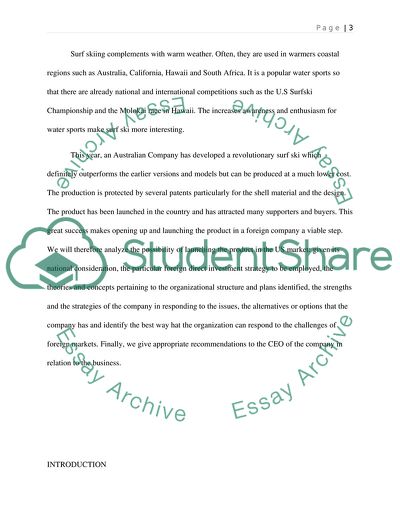Cite this document
(The National Consideration: Foreign Direct Investment Scenario in the Case Study, n.d.)
The National Consideration: Foreign Direct Investment Scenario in the Case Study. Retrieved from https://studentshare.org/macro-microeconomics/1737516-evelute-each-business-option-and-suggest-a-course-of-action-to-your-ceo
The National Consideration: Foreign Direct Investment Scenario in the Case Study. Retrieved from https://studentshare.org/macro-microeconomics/1737516-evelute-each-business-option-and-suggest-a-course-of-action-to-your-ceo
(The National Consideration: Foreign Direct Investment Scenario in the Case Study)
The National Consideration: Foreign Direct Investment Scenario in the Case Study. https://studentshare.org/macro-microeconomics/1737516-evelute-each-business-option-and-suggest-a-course-of-action-to-your-ceo.
The National Consideration: Foreign Direct Investment Scenario in the Case Study. https://studentshare.org/macro-microeconomics/1737516-evelute-each-business-option-and-suggest-a-course-of-action-to-your-ceo.
“The National Consideration: Foreign Direct Investment Scenario in the Case Study”. https://studentshare.org/macro-microeconomics/1737516-evelute-each-business-option-and-suggest-a-course-of-action-to-your-ceo.


